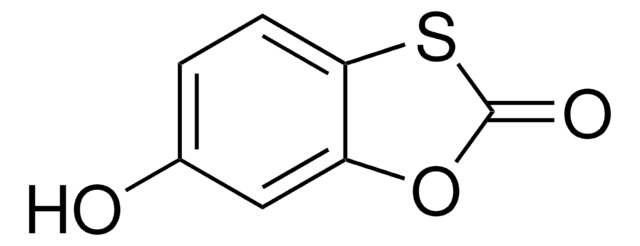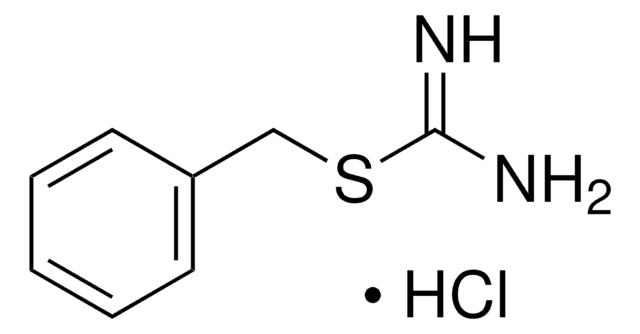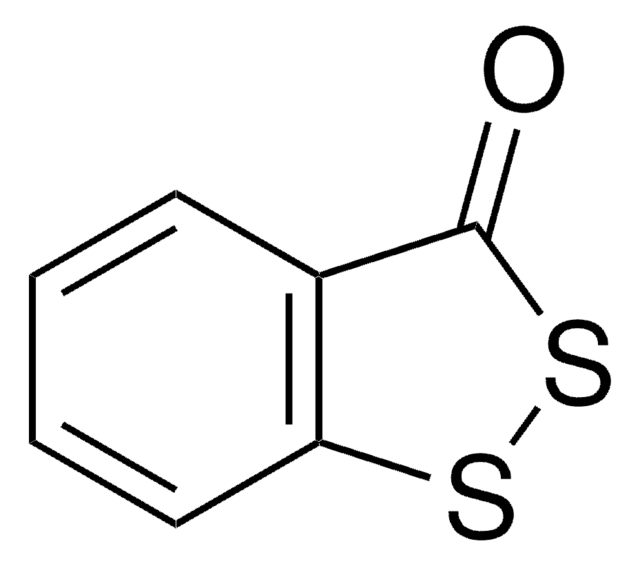SAB4701082
Monoclonal Anti-CD253-APC antibody produced in mouse
clone 2E5
Synonym(s):
Apo-2 ligand, Apo-2L, Protein TRAIL, TNF-related apoptosis-inducing ligand, Tumor necrosis factor ligand superfamily member 10
About This Item
biological source
mouse
conjugate
Allophycocyanin conjugate
antibody form
purified immunoglobulin
antibody product type
primary antibodies
clone
2E5, monoclonal
form
buffered aqueous solution
concentration
0.1 mg/mL
technique(s)
flow cytometry: 4 μg/mL
accession no.
BC020220
shipped in
wet ice
Related Categories
1 of 4
This Item | 251038 | 375462 | 284297 |
|---|---|---|---|
| assay ≥98% | assay 98% | assay 97% | assay 98% |
| solubility 95% ethanol: soluble 50 mg/mL, clear to very slightly hazy, colorless to yellow, diethyl ether: soluble, propylene glycol: soluble, water: insoluble, benzene: soluble, toluene: soluble, isopropanol: soluble | solubility methanol: soluble 1 g/10 mL, clear, colorless to very faintly yellow | solubility toluene: soluble 2.5%, clear, yellow | solubility methanol: soluble 50 mg/mL, clear to slightly hazy, colorless to yellow |
| mp 158-160 °C (lit.) | mp 177-179 °C (lit.) | mp 74-77 °C (lit.) | mp 228-231 °C (lit.) |
| Quality Level 100 | Quality Level 200 | Quality Level 100 | Quality Level 100 |
General description
Immunogen
Physical form
Disclaimer
Not finding the right product?
Try our Product Selector Tool.
Storage Class
12 - Non Combustible Liquids
wgk_germany
WGK 2
flash_point_f
Not applicable
flash_point_c
Not applicable
Choose from one of the most recent versions:
Certificates of Analysis (COA)
It looks like we've run into a problem, but you can still download Certificates of Analysis from our Documents section.
If you need assistance, please contact Customer Support
Already Own This Product?
Find documentation for the products that you have recently purchased in the Document Library.
Our team of scientists has experience in all areas of research including Life Science, Material Science, Chemical Synthesis, Chromatography, Analytical and many others.
Contact Technical Service


